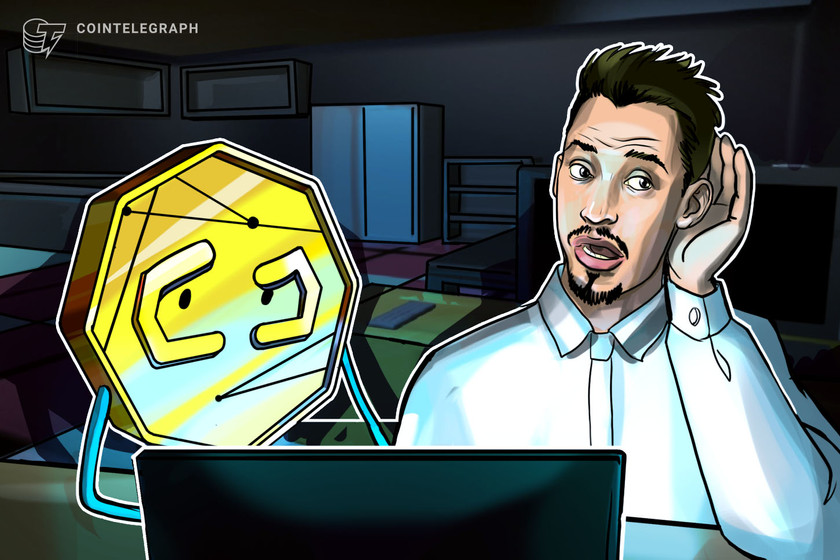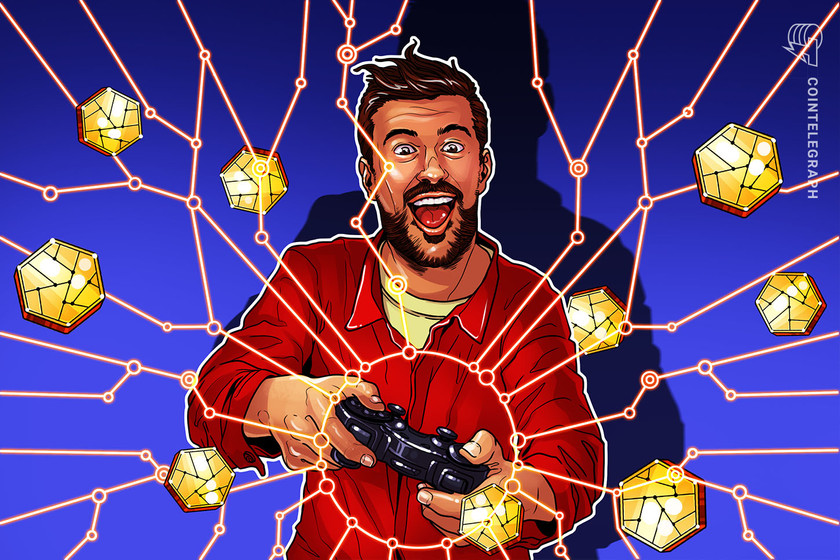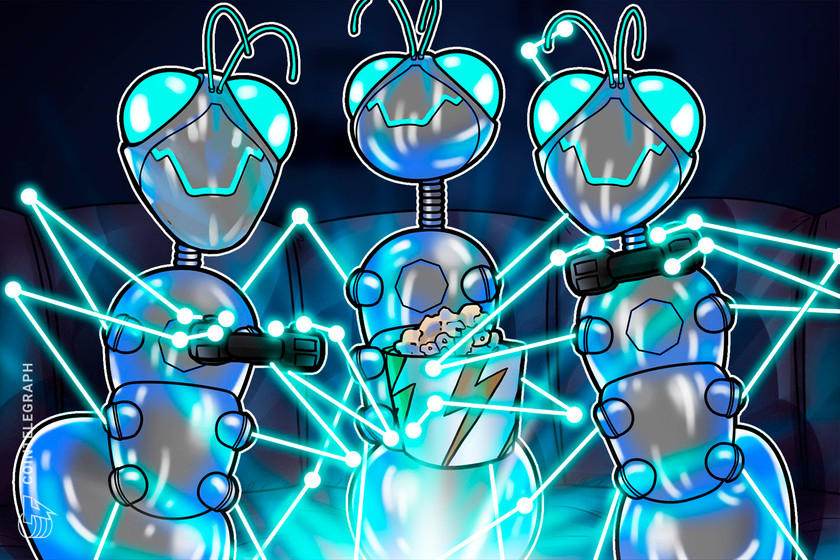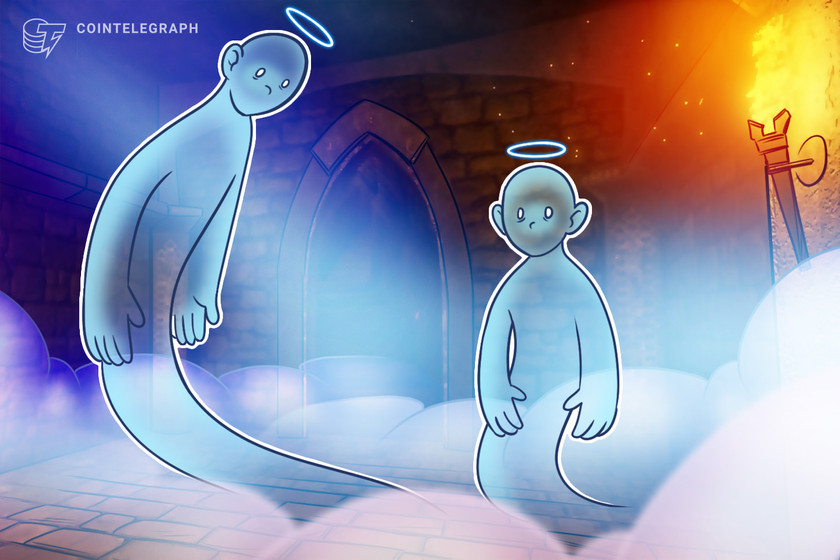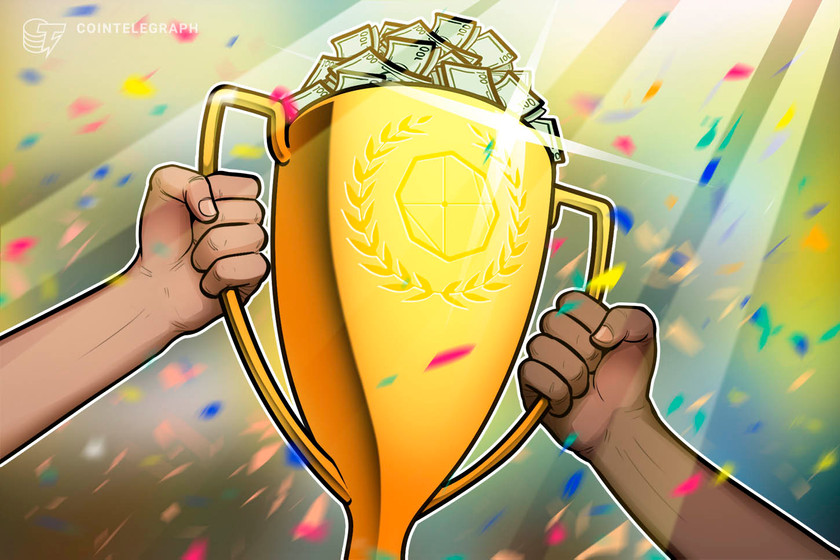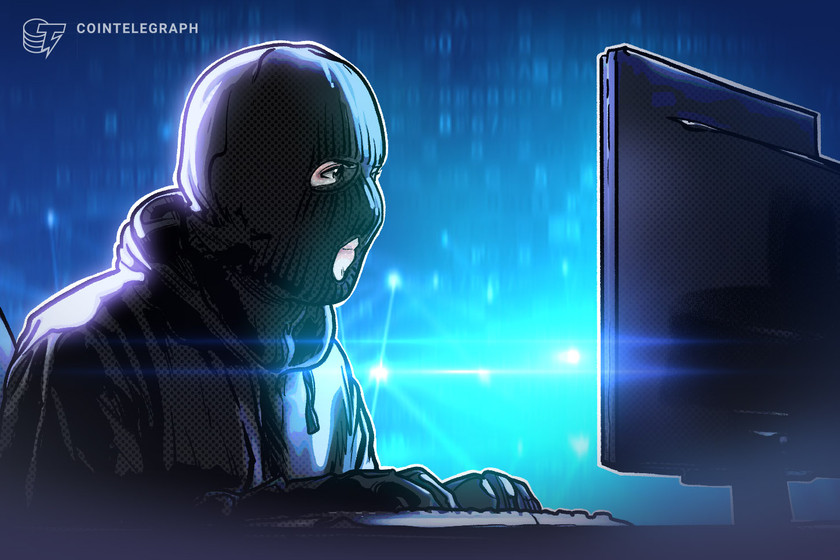DAO Maker founder builds game based on abandoned Logan Paul project in just 30 days


“Degen Zoo” has seen more than 115,000 wallets register to join the game, pledging over $700 million.
Degen Zoo, an NFT game inspired by YouTuber Logan Paul’s controversial Crypto Zoo concept, has seen more than 115,000 wallets register to join the game, with pledges of over $700 million. DAO Maker founder Christoph Zaknun took on the challenge of building his variant of the shelved zoo-themed game in just 30 days.
In August 2021, Logan Paul announced a project called Crypto Zoo, which involved buying nonfungible token eggs that would supposedly hatch into animals, allowing owners to earn passive income through zoo tokens. The project reportedly raised over $3 million in NFT sales and tens of millions in zoo tokens. However, the project failed to deliver as promised, leaving many participants feeling that they had been rug pulled by the influencer.
Inspired by Paul’s Crypto Zoo game, which critics have called a “scam,” Christoph Zaknun’s “Degen Zoo” game simulates the impact of capitalism on animal extinction, featuring a deflationary token and an NFT collection of 120 endangered species. Players are motivated to “kill” their NFT, driving the collection to extinction and raising awareness of the devastating effects of human greed on wildlife. Zaknun has pledged to donate all profits from Degen Zoo to charity.
Zaknun’s decision to broadcast daily updates of his progress has garnered interest from over 250,000 people, with more than 30,000 testnet transactions initiated by 3,000 players within days of the first testnet release.
Logan Paul reportedly released a video stating that Christoph Zaknun had no right to dictate the required development timeline, following criticisms that Paul had done nothing for a year after raising funds for his own Crypto Zoo project.
Two months ago, self-proclaimed “internet detective exposing scams” Coffeezilla published a series of exposés investigating and exposing Logan Paul’s NFT project that never was.
In the YouTube videos, investors in the game claimed to have lost hundreds of thousands of dollars. After Coffeezilla’s video was released, Logan Paul threatened to sue Coffeezilla for defamation after he accused Paul’s CryptoZoo nonfungible token project of being a “scam.” However, shortly after, Paul deleted his response video aimed at Coffeezilla, apologized and promised to drop his threats of filing a defamation lawsuit over the videos, saying:
“It was rash and misaligned with the trust issue at hand, so I called him today and apologized.”
Related: YouTuber baits MMA fighter to promote fake NFTs: Nifty Newsletter, Feb. 1–7
As Cointelegraph reported on Feb. 3, Logan Paul and CryptoZoo were hit with a lawsuit last month alleging the YouTube influencer’s “fraudulent venture” executed a “rug pull.”
The class-action lawsuit accuses Paul and Crypto Zoo executives of stealing millions of dollars worth of cryptocurrency from purchasers through a fraudulent scheme. The lawsuit was filed on Feb. 2 in the Western District of Texas, with the plaintiff Don Holland alleging that Paul and Crypto Zoo executives promised exclusive access to crypto assets and other benefits but instead absconded with the funds.
We have officially filed a class action lawsuit in the Western District of Texas against Logan Paul et al. for the CryptoZoo fiasco. (This is in addition to the numerous cases heading to arbitration on the matter.) pic.twitter.com/BIC5v63TGZ
— AttorneyTom (@attorney_tom) February 2, 2023
Cointelegraph reached out to Logan Paul for comment but had not received one at time of publication.

